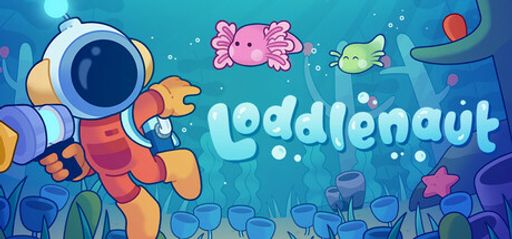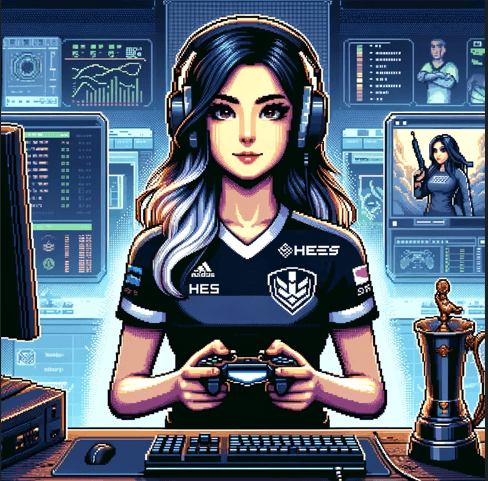 Hey team, let’s dive into Loddlenaut, developed by Moon Lagoon and published by Secret Mode. I’ve seen players rave about its fresh ocean clean-up gameplay and cute axolotl-like loddles. In particular, one user called it “fun and relaxing, like Gunk with creature collection.” Moreover, they praised the positive story and simple controls. However, some folks did note menu buttons feel inconsistent, and that can break flow for hardcore speedruns or tight builds.
Hey team, let’s dive into Loddlenaut, developed by Moon Lagoon and published by Secret Mode. I’ve seen players rave about its fresh ocean clean-up gameplay and cute axolotl-like loddles. In particular, one user called it “fun and relaxing, like Gunk with creature collection.” Moreover, they praised the positive story and simple controls. However, some folks did note menu buttons feel inconsistent, and that can break flow for hardcore speedruns or tight builds.
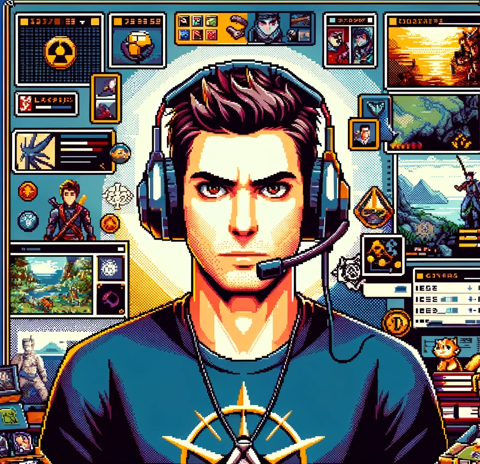 I agree. Additionally, Loddlenaut’s recent “Goddles Update” adds three new caves and a secret biome. As a completionist, I love the Global Pollution Tracker and new Inventory Capacity Module. Furthermore, Moon Lagoon really leans into thorough exploration. The Loddlepedia update also logs every loddle mutation, so it feels like each hidden loddle unlocks a new achievement.
I agree. Additionally, Loddlenaut’s recent “Goddles Update” adds three new caves and a secret biome. As a completionist, I love the Global Pollution Tracker and new Inventory Capacity Module. Furthermore, Moon Lagoon really leans into thorough exploration. The Loddlepedia update also logs every loddle mutation, so it feels like each hidden loddle unlocks a new achievement.
 From my open-world lens, the polluted ocean planet of GUP-14 feels vast. For example, I dove into sunken corporate ruins and found clues about GUPPI’s past. Consequently, the narrative threads hold you. I even saw a dev interview where Moon Lagoon said they want players to feel hope as they revive the world, and that environmental storytelling truly shines through.
From my open-world lens, the polluted ocean planet of GUP-14 feels vast. For example, I dove into sunken corporate ruins and found clues about GUPPI’s past. Consequently, the narrative threads hold you. I even saw a dev interview where Moon Lagoon said they want players to feel hope as they revive the world, and that environmental storytelling truly shines through.
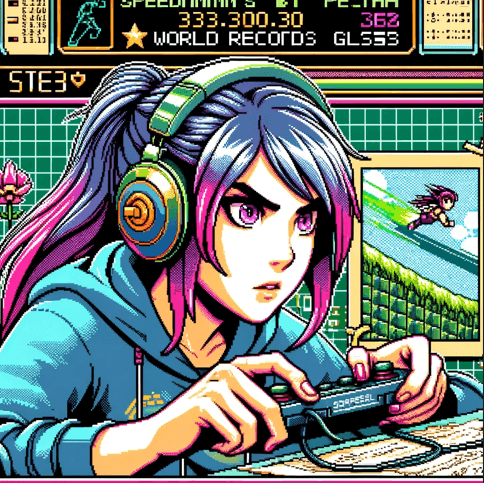 As a speedrunner, I track every second. The bubble gun’s reload is tight; nevertheless, menu inconsistency costs frames. When I compare load times to other Unity-based titles, I get smooth 60 FPS on PC. Still, rebindable controls could shave off escapes and tabs.
As a speedrunner, I track every second. The bubble gun’s reload is tight; nevertheless, menu inconsistency costs frames. When I compare load times to other Unity-based titles, I get smooth 60 FPS on PC. Still, rebindable controls could shave off escapes and tabs.
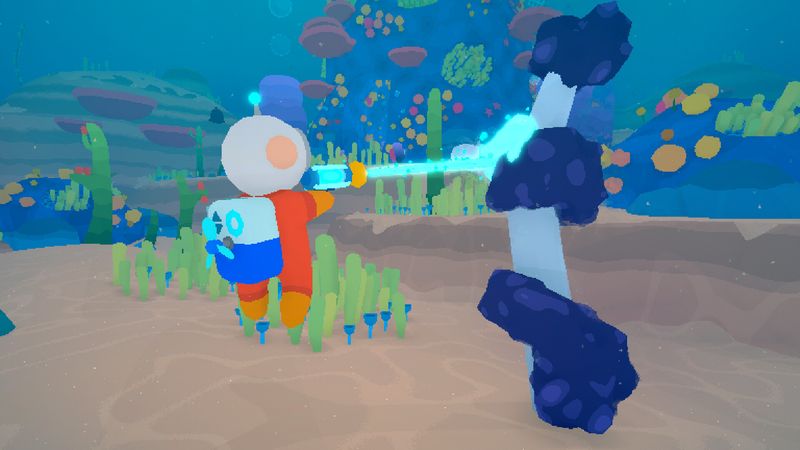
 Loddlenaut uses a bubble gun to collect goop and debris. Then, you can upgrade to a magnetic net. Each gadget unlocks new pockets of pollution, and that aligns with its action-adventure roots. In fact, it pushes the genre by mixing cleaning tools and creature care. Likewise, it reminds me of Supraland’s toy-box weapon style.
Loddlenaut uses a bubble gun to collect goop and debris. Then, you can upgrade to a magnetic net. Each gadget unlocks new pockets of pollution, and that aligns with its action-adventure roots. In fact, it pushes the genre by mixing cleaning tools and creature care. Likewise, it reminds me of Supraland’s toy-box weapon style.
 The crafting system shines. Specifically, you recycle trash into gadgets or decorative gear. I also traced every recipe in my Loddlepedia. Moreover, Moon Lagoon’s water physics add depth, since currents carry debris in ways that change each run.
The crafting system shines. Specifically, you recycle trash into gadgets or decorative gear. I also traced every recipe in my Loddlepedia. Moreover, Moon Lagoon’s water physics add depth, since currents carry debris in ways that change each run.
 I love diving deep and using the gardening feature in the Goddles Update. Indeed, planting seedlings boosts each biome’s pollution resistance. As a result, that environmental interactivity feels new in open worlds. I’ve not seen it in games like Abzu or Subnautica.
I love diving deep and using the gardening feature in the Goddles Update. Indeed, planting seedlings boosts each biome’s pollution resistance. As a result, that environmental interactivity feels new in open worlds. I’ve not seen it in games like Abzu or Subnautica.
 The global tracker is my best friend. It pinpoints every oil slick, and thus turns exploration into a timed puzzle. Because of that, I see clear routes, plan boost jumps, and optimize my clean-up run.
The global tracker is my best friend. It pinpoints every oil slick, and thus turns exploration into a timed puzzle. Because of that, I see clear routes, plan boost jumps, and optimize my clean-up run.
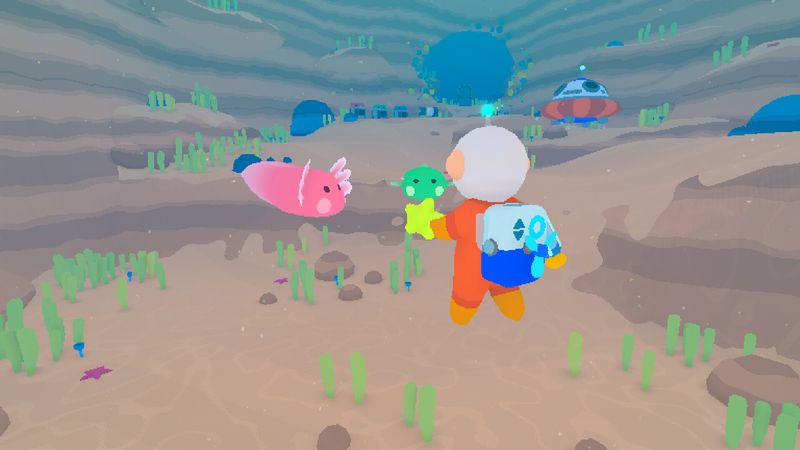
 The plot invites you as an interstellar custodian. You arrive to repair a world abandoned by GUPPI. Moon Lagoon said they aimed for gentle pacing and clear goals. You learn backstory through sunken logs and ruined labs.
The plot invites you as an interstellar custodian. You arrive to repair a world abandoned by GUPPI. Moon Lagoon said they aimed for gentle pacing and clear goals. You learn backstory through sunken logs and ruined labs.
 The pace remains steady. You never grind too long on one task. Dialogue is minimal but effective. It glides by, fixes pollution, then teases a new ruin.
The pace remains steady. You never grind too long on one task. Dialogue is minimal but effective. It glides by, fixes pollution, then teases a new ruin.
 I enjoyed the hidden scrap logs. Each one fills in corporate secrets. I found side-quests that tie to mutant Goddles. They deepen the lore for fans who love backstories.
I enjoyed the hidden scrap logs. Each one fills in corporate secrets. I found side-quests that tie to mutant Goddles. They deepen the lore for fans who love backstories.
 Moon Lagoon built this on Unity. The art direction uses bold pastels and saturated blues. The color palette signals pollution levels—dull brown shifts to bright turquoise. That clear visual language helps you track progress instantly.
Moon Lagoon built this on Unity. The art direction uses bold pastels and saturated blues. The color palette signals pollution levels—dull brown shifts to bright turquoise. That clear visual language helps you track progress instantly.
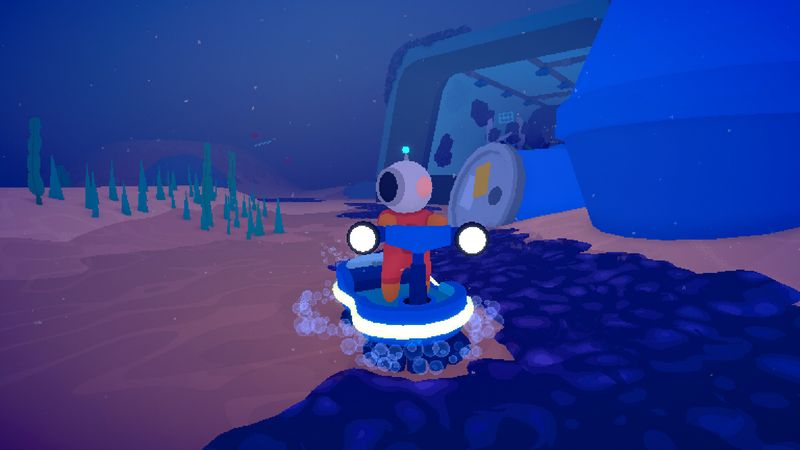
 I felt like an ocean explorer in a Pixar short. The animated loddles have smooth flaps and curious eyes. The sunken ship textures and glowing coral layers add vibe.
I felt like an ocean explorer in a Pixar short. The animated loddles have smooth flaps and curious eyes. The sunken ship textures and glowing coral layers add vibe.
 I ran it on PC and Switch. Both hit steady 60 on PC. On Switch, it drops to low 40s in heavy bloom scenes. But overall it plays well on every platform.
I ran it on PC and Switch. Both hit steady 60 on PC. On Switch, it drops to low 40s in heavy bloom scenes. But overall it plays well on every platform.
 The soundtrack uses chill synth waves and light piano. One track, “Bubble Current,” loops as you clean up debris. It always felt soothing.
The soundtrack uses chill synth waves and light piano. One track, “Bubble Current,” loops as you clean up debris. It always felt soothing.
 Sound effects sync well. Your bubble gun’s glug-glug signals when you hit pollution. The loddles make squeaky calls when you feed them. That feedback loops nicely.
Sound effects sync well. Your bubble gun’s glug-glug signals when you hit pollution. The loddles make squeaky calls when you feed them. That feedback loops nicely.
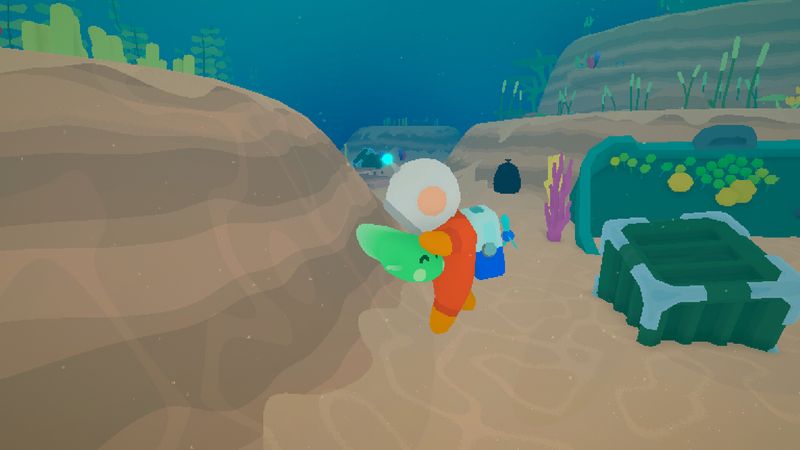
 I noticed no voice acting, but logs read in text feel fitting. A narrator would clash with the peaceful vibe.
I noticed no voice acting, but logs read in text feel fitting. A narrator would clash with the peaceful vibe.
 Loddles evolve based on diet. I logged every mutation. Some gain sonar pulses or speed boosts. That growth ties directly into gameplay upgrades.
Loddles evolve based on diet. I logged every mutation. Some gain sonar pulses or speed boosts. That growth ties directly into gameplay upgrades.
 The custodian has no face or name. That works. I project my own story into them. The silent hero approach fits a calm clean-up game.
The custodian has no face or name. That works. I project my own story into them. The silent hero approach fits a calm clean-up game.
 I wish for more character skins. I swap armor colors to spot my avatar faster in speedruns.
I wish for more character skins. I swap armor colors to spot my avatar faster in speedruns.
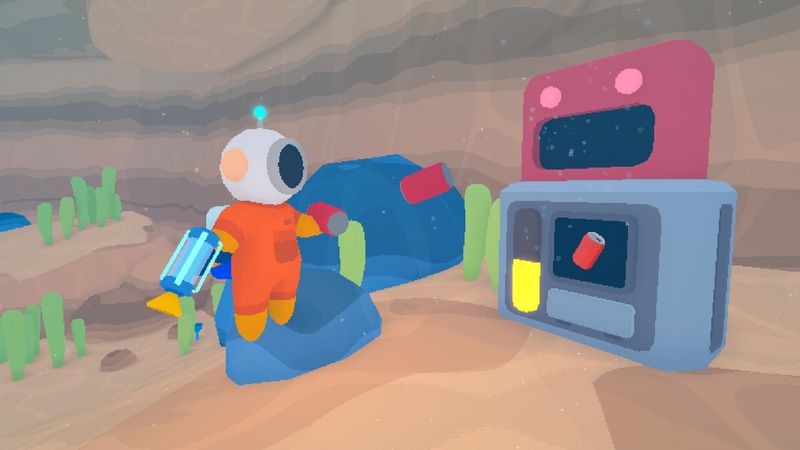
 Loddlenaut stays relaxed. There’s no combat, only puzzles around pollution hotspots. For most players, that balance feels just right. Hardcore fans may crave tougher time trials, though.
Loddlenaut stays relaxed. There’s no combat, only puzzles around pollution hotspots. For most players, that balance feels just right. Hardcore fans may crave tougher time trials, though.
 I saw some mid-game spikes when you unlock magnet gadgets. The debris clumps can slow cleanup. But you can upgrade your backpack or buy a gold tool to ease the grind.
I saw some mid-game spikes when you unlock magnet gadgets. The debris clumps can slow cleanup. But you can upgrade your backpack or buy a gold tool to ease the grind.
 Accessibility options are solid. You can slow currents or add extra HUD markers. That helps new and veteran players.
Accessibility options are solid. You can slow currents or add extra HUD markers. That helps new and veteran players.
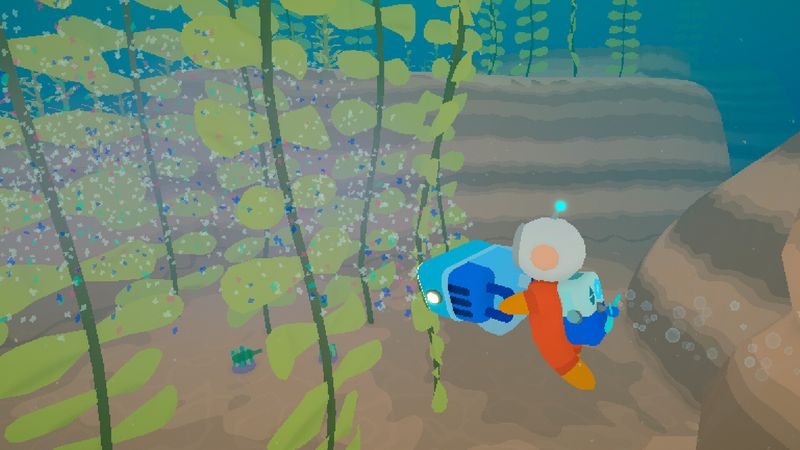
 The Loddlepedia and new mutations drive second runs. I replayed to find every rare Goddle in Goddle Grotto.
The Loddlepedia and new mutations drive second runs. I replayed to find every rare Goddle in Goddle Grotto.
 I chase faster runs using upkeep shortcuts. The global tracker flags new pollution each day cycle. That daily reset hooks me.
I chase faster runs using upkeep shortcuts. The global tracker flags new pollution each day cycle. That daily reset hooks me.
 Seasonal events like beach cleans or coral blooms could add extra life. But as is, the mix of gardening, crafting, and exploration keeps me coming back.
Seasonal events like beach cleans or coral blooms could add extra life. But as is, the mix of gardening, crafting, and exploration keeps me coming back.
 Loddlenaut blends simple action with relaxed world-building. It stands out among indie adventure games. Players who love Abzu’s zen diving or Subnautica’s world will find it fresh.
Loddlenaut blends simple action with relaxed world-building. It stands out among indie adventure games. Players who love Abzu’s zen diving or Subnautica’s world will find it fresh.
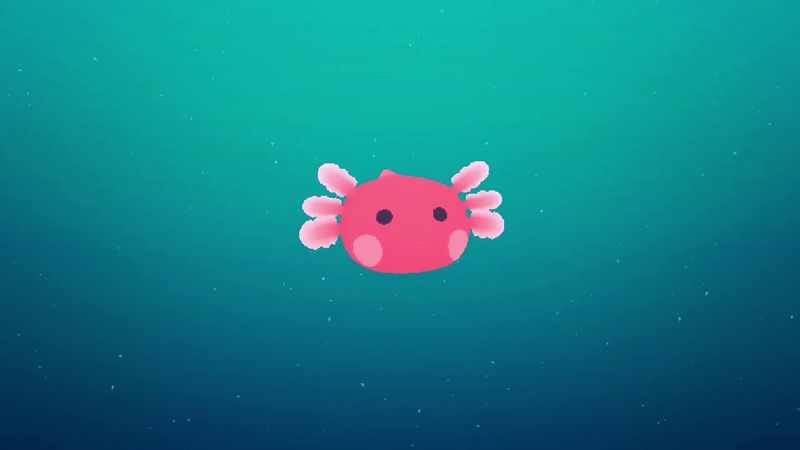
 Its thorough side-quests and updates prove Moon Lagoon listens to fans. That commitment boosts its replay value.
Its thorough side-quests and updates prove Moon Lagoon listens to fans. That commitment boosts its replay value.
 Secret Mode has a knack for solid indie hits. Loddlenaut joins their lineup of accessible, thoughtful titles.
Secret Mode has a knack for solid indie hits. Loddlenaut joins their lineup of accessible, thoughtful titles.
 With tighter menu controls, it could crown itself as the top clean-up speedrun. Still, it plays smooth.
With tighter menu controls, it could crown itself as the top clean-up speedrun. Still, it plays smooth.
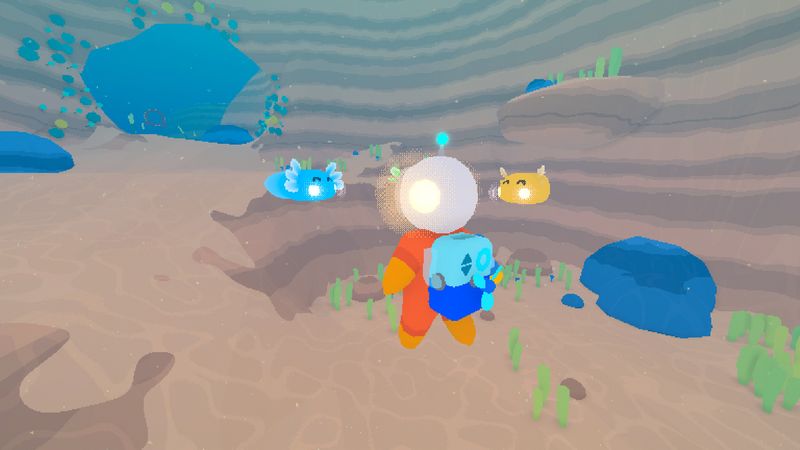
 If you enjoyed Loddlenaut, several similar games offer relaxing exploration and eco-themed adventures. Abzu delivers serene underwater journeys with vibrant sea life, while The Gunk focuses on clearing alien slime in a cleaning sim style. For survival fans, Subnautica and Stranded Deep provide deep-sea crafting, exploration, and island challenges. Meanwhile, Coral Island blends farming and environmental care with a charming aquatic twist. Each title offers unique ways to explore, build, and protect nature in immersive worlds.
If you enjoyed Loddlenaut, several similar games offer relaxing exploration and eco-themed adventures. Abzu delivers serene underwater journeys with vibrant sea life, while The Gunk focuses on clearing alien slime in a cleaning sim style. For survival fans, Subnautica and Stranded Deep provide deep-sea crafting, exploration, and island challenges. Meanwhile, Coral Island blends farming and environmental care with a charming aquatic twist. Each title offers unique ways to explore, build, and protect nature in immersive worlds.

